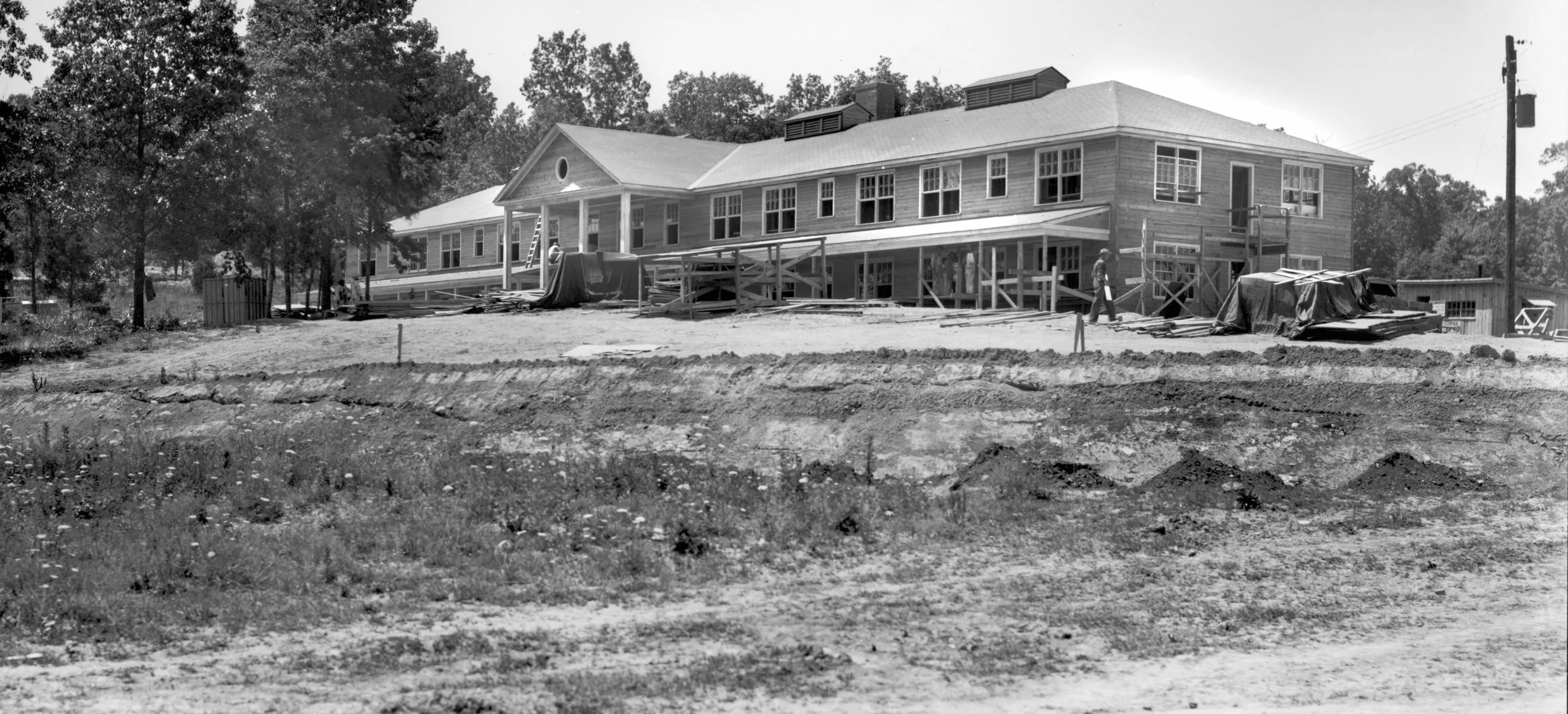The old man was part of a very long parade, from the terminal hub, down the long sloping ramp to the main lobby of the airport. He blended in. He looked grizzled and worn. He was being escorted in a wheelchair.
Over 130 veterans, from what seemed like long ago wars to many Americans, were coming back from a day in Washington, D.C. Long forgotten wars to many, but they were very much alive in the hearts of these now elderly men, who suffered for their country, horrors beyond imagination
The ramp was packed with screaming, cheering, clapping, flag waving Americans of all ages. These heroes made their way down the ramp without fanfare for themselves. They were modest. They were happy about the adulation, but strong emotions were being held in check. They were grateful for this heroes’ homecoming, but were obviously over-whelmed a bit at their reception too.
Like many of the veterans, the old man in the wheelchair had an electric smile, his eyes ablaze with wonder at this welcome. He took it all in. His son-in-law steered the wheelchair, negotiating the ramp and the crowd which allowed only a single file of heroes at a time. Celebrants were five deep on both sides. The line was moving slowly.
No one knew who that old man was in the wheelchair. It mattered not to the crowd. This was a veteran on an HonorAir flight. For the celebratory congregation of patriots that was enough.
The old man was a photographer. In fact, he was the official photographer for The Manhattan Project in Oak Ridge, Tennessee during World War II. He was hired in November of 1942. On August 14, 1945 he photographed Oak Ridgers celebrating in the town square after President Truman announced on the radio Japan had surrendered and had told the nation that World War II, after 60 million deaths world wide, was finally over.
Ed Westcott was the photographer. On that summer evening, 71 years ago, his work was mostly done. During those 2 1/2 short years he had taken over 20,000 photographs. He had created the most important photographic archive of 20th century American history. His body of work would be unrivaled in the American experience. In August of 1945, Ed Westcott was 23 years old.
Now he’s 94. He's going down the long ramp at McGhee Tyson Airport, receiving the praise of people who have no idea they are meeting a pivotal figure of The Manhattan Project. It mattered not. To all who are there, these senior citizens are all iconic American heroes.
I watched him as he passed and headed down the ramp into a solid wall of gratitude. He weakly raised one hand to wave to the crowd. I could see the back of his head only, as he was disappearing into a sea of faces: all lit up, all smiles, all their hands reaching out to touch his shoulder or reverentially clasp his hand. Over the roar of the high school marching band, folks leaned in close and shouted their gratitude to a total stranger.
It had the feel of religious piety to it. It was visceral. It sent a shiver down your spine. This loud boisterous crowd felt they were part of something much larger than themselves that night. These veterans, many of them very old, were treated like holy men. To touch them and to look into their eyes was to be bestowed with a sacred benediction.
Slowly, he and his son-in-law made their way: eventually getting swallowed up in an emotional avalanche of smiling, beaming faces and outstretched, urgent hands. People desperate for a touch and a smile; needing to make a connection with our American past and needing to express their personal gratitude. None of them knew they were meeting the most important photographer of 20th century American history.








